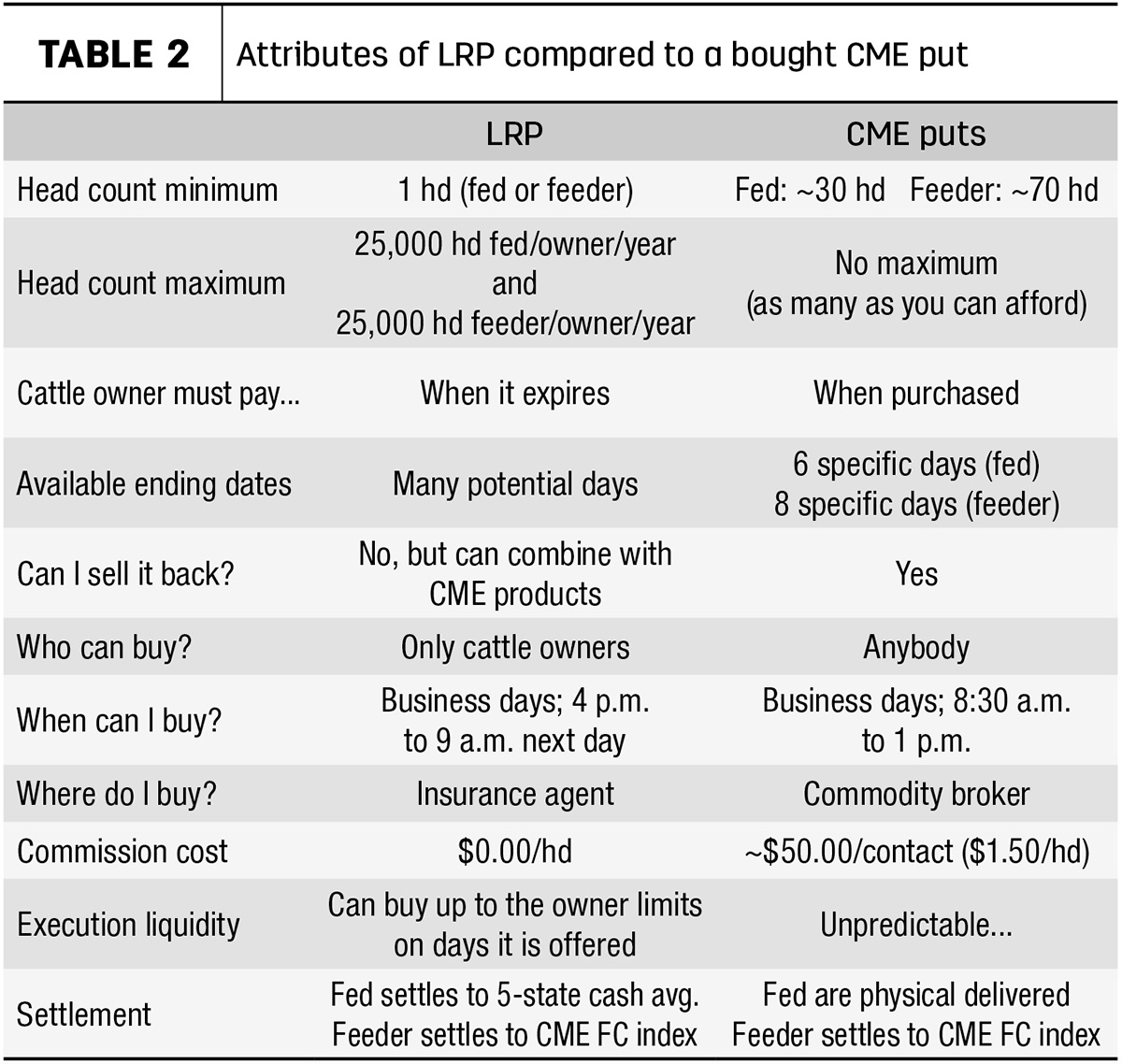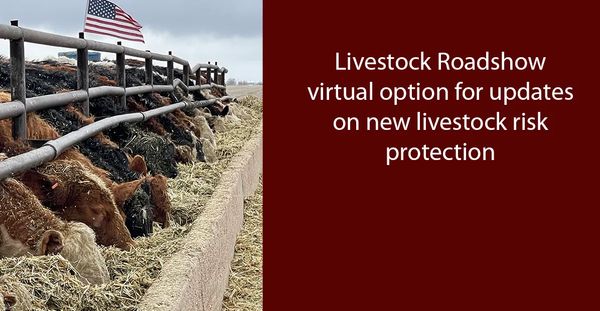Understanding Livestock Risk Security (LRP) Insurance: A Comprehensive Overview
Browsing the world of livestock danger protection (LRP) insurance policy can be an intricate endeavor for lots of in the farming sector. From exactly how LRP insurance policy operates to the different insurance coverage alternatives available, there is much to reveal in this detailed guide that can possibly shape the method animals manufacturers approach risk administration in their organizations.

How LRP Insurance Works
Periodically, recognizing the auto mechanics of Livestock Danger Security (LRP) insurance can be complex, however damaging down how it works can give clearness for farmers and ranchers. LRP insurance coverage is a threat management tool designed to protect livestock producers against unexpected price declines. It's essential to keep in mind that LRP insurance is not an income warranty; instead, it concentrates entirely on rate threat protection.
Qualification and Protection Options

When it comes to protection alternatives, LRP insurance supplies manufacturers the flexibility to select the protection level, coverage duration, and recommendations that ideal fit their risk management demands. By understanding the qualification criteria and coverage choices offered, animals manufacturers can make informed decisions to handle risk properly.
Advantages And Disadvantages of LRP Insurance Coverage
When examining Animals Danger Security (LRP) insurance coverage, it is vital for animals producers to evaluate the advantages and drawbacks fundamental in this threat monitoring device.

One of the main advantages of LRP insurance is its capacity to offer security versus a decrease in animals prices. This can assist safeguard producers from monetary losses resulting from market changes. In addition, LRP insurance coverage supplies a degree of adaptability, allowing manufacturers to tailor coverage levels and plan periods to suit their specific demands. By securing an assured rate for their livestock, producers can much better handle threat and prepare for the future.
One restriction of LRP insurance policy is that it does not safeguard versus all kinds of risks, such as disease break outs or all-natural calamities. It is crucial for manufacturers to meticulously evaluate their private risk exposure and monetary scenario to identify if LRP insurance policy is the appropriate risk management tool for their operation.
Comprehending LRP Insurance Policy Premiums

Tips for Making Best Use Of LRP Conveniences
Maximizing the advantages of Livestock Danger Security (LRP) insurance calls for strategic planning and aggressive risk monitoring - Bagley Risk Management. To make the many of your LRP insurance coverage, take into consideration the following tips:
Consistently Evaluate Market Problems: Keep educated about market trends and price fluctuations in the animals industry. By keeping an eye on these variables, you can make informed decisions about when to purchase LRP insurance coverage to protect against prospective losses.
Set Realistic Protection Levels: When picking coverage levels, consider your production expenses, market value of livestock, and possible threats - Bagley Risk Management. Setting try this web-site sensible protection degrees makes certain that you are appropriately shielded without paying too much for unneeded insurance policy
Diversify Your Protection: Rather than depending only on LRP insurance policy, consider expanding your risk monitoring strategies. Integrating LRP with other risk monitoring devices such as futures agreements or choices can give detailed protection versus market unpredictabilities.
Review and Readjust Protection Frequently: As market conditions alter, occasionally assess your LRP insurance coverage to ensure it lines up with your present risk direct exposure. Changing protection levels and timing of acquisitions can aid optimize your threat security technique. By adhering to these suggestions, you can optimize the advantages of LRP insurance and guard your livestock operation against unpredicted dangers.
Verdict
Finally, animals threat protection (LRP) insurance is a valuable tool for farmers to take care of the economic risks related to their animals procedures. By understanding just how LRP functions, eligibility and coverage alternatives, in addition to the benefits and drawbacks of this insurance coverage, farmers can make informed decisions to protect their incomes. By meticulously thinking about LRP costs and executing approaches to maximize advantages, farmers can alleviate prospective losses and ensure the sustainability of their procedures.
Livestock manufacturers interested in obtaining Animals Danger Defense (LRP) insurance can discover More Bonuses an array of qualification requirements and protection options tailored to their specific livestock procedures.When it comes to protection options, LRP insurance uses producers the versatility to choose the insurance coverage degree, insurance coverage period, and endorsements that ideal match find more their threat administration demands.To realize the details of Animals Threat Security (LRP) insurance coverage fully, comprehending the variables influencing LRP insurance coverage costs is crucial. LRP insurance premiums are identified by numerous aspects, including the insurance coverage degree selected, the anticipated rate of animals at the end of the insurance coverage period, the kind of livestock being guaranteed, and the length of the coverage period.Evaluation and Change Insurance Coverage Frequently: As market problems change, regularly assess your LRP coverage to ensure it aligns with your current threat direct exposure.